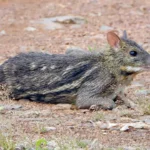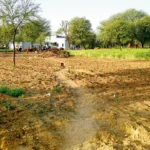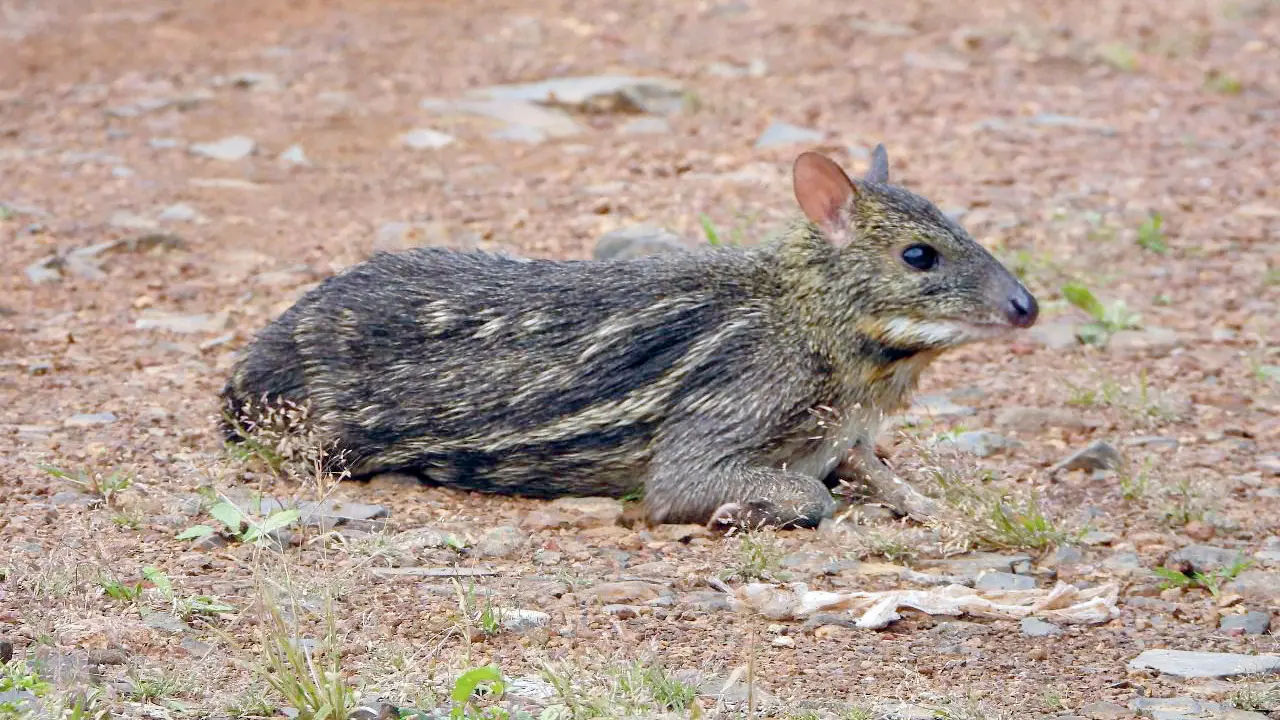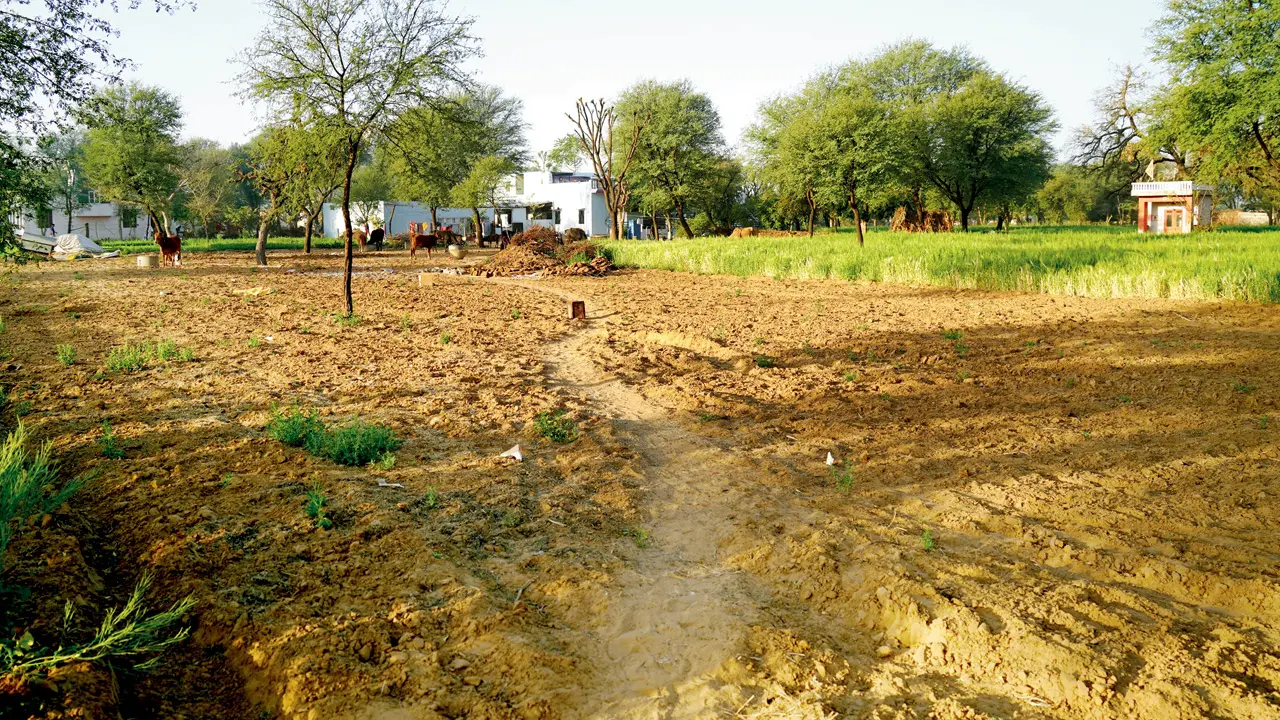As work on the Thane-Borivli twin tunnel beneath Sanjay Gandhi National Park (SGNP) is expected to commence in the coming months, the Wildlife Institute of India (WII) has obtained permission to radio-collar 10 leopards and several sambar deer, while approval for collaring spotted deer, commonly known as chital, is still awaited. The collaring exercise, scheduled to begin between November and December, aims to study the movement patterns of leopards, sambar, and spotted deer to understand how they will use the park once tunnelling begins.
Dr Bilal Habib, senior scientist, Wildlife Institute of India, said, “We have received permission from the ministry of environment forest and climate change to radio-collar ten leopards and sambar deer, and we are awaiting permission from the state forest department to radio-collar spotted deer. Our team will be travelling to Mumbai in November to initiate the procedure.”
A pre-construction survey along the alignment of the tunnel project has been completed. For the first time, a leopard from SGNP will be fitted with a radio-collar capable of recording video footage, through a high-definition camera fitted in the collar, which would shed light on the hidden world of urban leopards and how they navigate.
mid-day reported last year about how a total of 15 animals — five leopards, five spotted deer and five sambar deer — would be radio-collared during the Goregaon-Mulund Link Road (GMLR) construction activity, and another 15 animals would be tagged after the twin tunnel work is completed. The twin tube tunnel between Thane and Borivli will be constructed at a cost of over Rs 14,400 crore. It seeks to reduce travel time between Thane and Borivli and decongest Ghodbunder Road.
The route will feature an 11.8-km-long connecting road and two 10.25-km-long three-lane tunnels built beneath SGNP, from Tikuji-ni-Wadi in Thane to the Western Express Highway in Borivli. Considering the tunnel will pass through SGNP, the Mumbai Metropolitan Region Development Authority (MMRDA) will take precautions to avoid causing harm to the park`s biodiversity, including the use of a tunnel boring machine to avoid upsetting flora and fauna. The tunnel is expected to take five and a half years to be completed from the day the tender is awarded.
There will be cross-tunnels every 300 metres, and the design will allow vehicles to travel at a top speed of 80 kmph. The new route is expected to shave off 40-45 minutes of travel time and reduce the need for 10.5 lakh metric tonnes of fuel per year. The initiative will contribute to an annual 36 per cent reduction in carbon dioxide emissions.
About the project
WII, along with the Maharashtra forest department, will be radio-collaring leopards, spotted and sambar deer to study the pre and post impact of the tunnel construction activity on wildlife, if any, with one collar capable of taking videos fitted on one leopard. According to Dr Habib, the intention is to understand how the leopards of SGNP use its unique landscape. Researchers expect to obtain data related to the lives of leopards, including how they cross road and how they react to humans.











